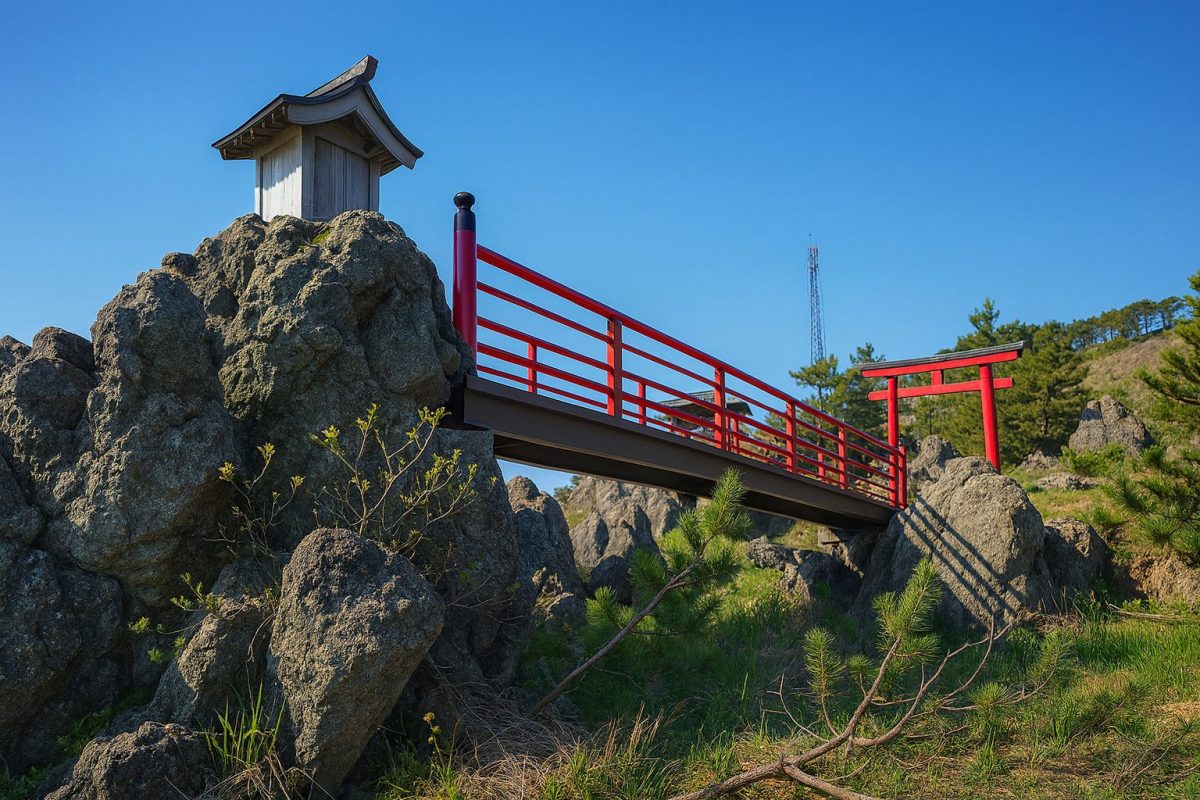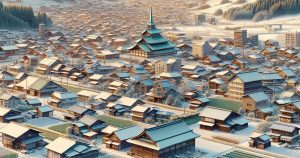| population | 2,284 peoples |
|---|---|
| area | 39.98 km² |
| population density | 57.1 peoples/km² |
Kamisunagawa Town, located in Sorachi District of Hokkaido, is a compact yet historically rich municipality that once flourished as part of Japan’s coal mining heartland. The discovery of the Kamisunagawa coalfield in the late 19th century transformed this area into a bustling mining community, supporting Japan’s rapid industrial growth. Following the closure of the mines in the late 20th century, the town shifted its focus toward new industries, particularly mushroom cultivation, light manufacturing, and renewable technologies. Despite its small geographic size—the smallest municipality in Hokkaido—Kamisunagawa continues to preserve its cultural identity, blending the memory of its mining heritage with the vitality of its present-day industries. Seasonal landscapes, traditional festivals, and a strong sense of community make this town a unique destination. Visitors are often struck by the way local history is preserved through museums, former mining facilities, and cultural practices, while residents maintain a lifestyle rooted in mutual support and pride in their town’s resilience.
Culture and Traditions
The culture of Kamisunagawa is inseparable from its coal mining heritage. From the Meiji period through the mid-Showa era, coal fueled Japan’s modernization, and this town thrived as a crucial hub within the Sorachi coalfield. Workers from across Japan settled here, bringing diverse dialects, customs, and traditions, which blended to form a unique mining town culture. Life in Kamisunagawa was shaped by solidarity: miners and their families relied heavily on one another, fostering a strong sense of community. Even after the mines closed, this spirit of resilience and togetherness has remained a defining feature of the town. Today, cultural practices continue through festivals, community events, and museums that commemorate the past. Annual festivals such as the Kamisunagawa Summer Festival and the Kamisunagawa Shrine Festival showcase this enduring sense of identity. Furthermore, agriculture—especially mushroom cultivation—has become part of the town’s cultural identity, with local dishes and seasonal events incorporating this specialty. Kamisunagawa represents the integration of history, tradition, and adaptation to modern realities, offering visitors insight into a community that has managed to reinvent itself without losing sight of its roots.
Local Specialties
- Bed-Log Shiitake Mushrooms: Kamisunagawa is well known for its artificially bedded shiitake mushrooms. These mushrooms are thick, aromatic, and highly valued throughout Hokkaido, serving as both a local food staple and a souvenir item.
- Bread Crumbs (Panko): Produced by local food processing companies such as Kyoei Food, Kamisunagawa’s panko is distributed across Japan and forms part of the town’s modern industrial profile.
- Micro Glass Products: The town hosts advanced manufacturing industries, including medical-use micro glass and surgical blades, which represent Kamisunagawa’s diversification after the coal era.
- LED Components: Kyoto Semiconductor operates within the town, producing light-emitting diode (LED) products and contributing to Japan’s electronics industry.
- Processed Mushroom Products: Dried, simmered, and packaged shiitake products made from locally cultivated mushrooms are popular as gifts and highlight Kamisunagawa’s agricultural innovation.
Annual Events
- Kamisunagawa Summer Festival: The town’s largest summer event features Bon Odori dances, food stalls, and fireworks, attracting both locals and visitors for a lively seasonal celebration.
- Kamisunagawa Town Sports Festival: Held each autumn, this event brings together residents of all ages to participate in various sports and recreational activities, strengthening community bonds.
- Kamisunagawa Shrine Festival: A traditional Shinto celebration where mikoshi (portable shrines) are paraded through the town, preserving the religious and cultural customs of the community.
Access
- Railway: Kamisunagawa no longer has active railway service. The nearest station is Sunagawa Station (JR Hakodate Main Line), located in the neighboring city of Sunagawa.
- Bus: Hokkaido Chuo Bus operates routes connecting Kamisunagawa with Sunagawa City, Takikawa, and surrounding areas. This is the main public transport option for residents and tourists.
- Car: The town is accessible via the Dō-Ō Expressway from the Naie-Sunagawa or Takikawa interchanges. It is about 1.5 hours by car from Sapporo and roughly 2 hours from New Chitose Airport.
Tourist Attractions
- Kamisunagawa Coal Mine Museum – A museum dedicated to preserving the history of coal mining, displaying equipment, photographs, and records that document the life of miners and their families.
- Kamisunagawa Onsen “Panke-no-Yu” – A hot spring facility that historically served coal miners and now functions as a popular relaxation spot for both locals and tourists.
- Kamisunagawa Japanese Garden – A beautifully landscaped garden offering seasonal scenery, cherished by locals as a peaceful recreational space.
- Hibetsu Station – Once a functioning station on the now-closed Kamisunagawa Line, this site gained fame as a filming location for the TV drama “Kino, Hibetsu de” (Yesterday, at Hibetsu) by So Kuramoto.








